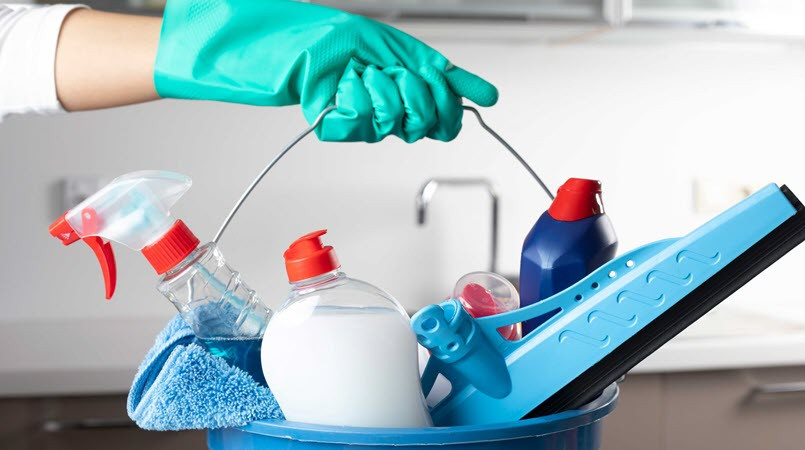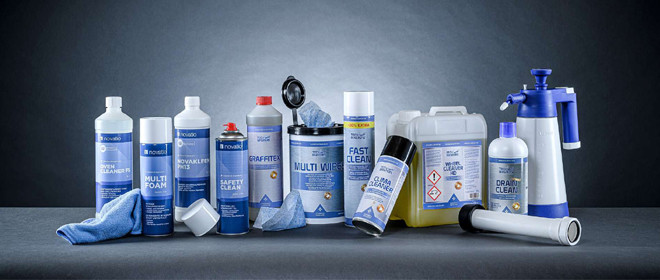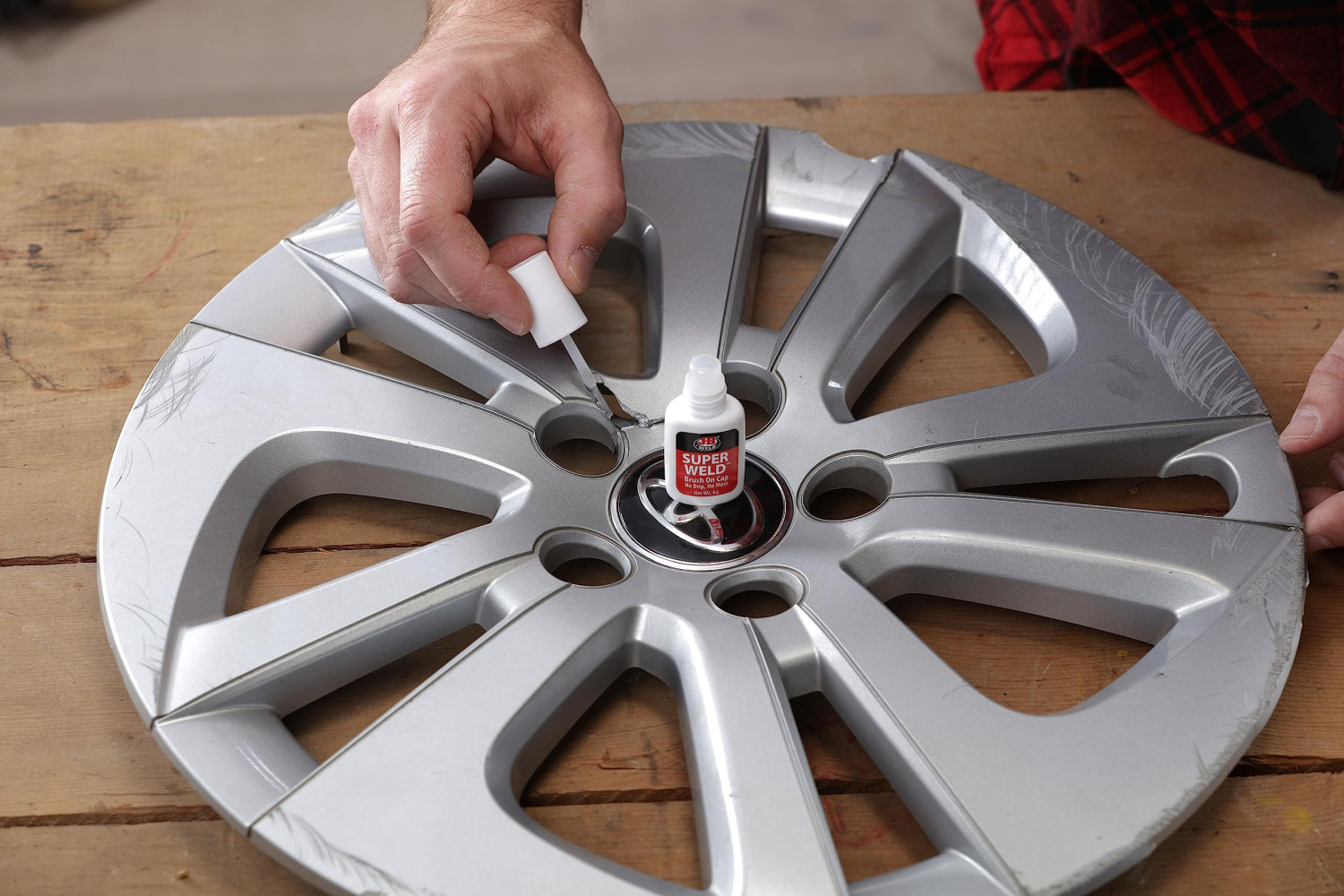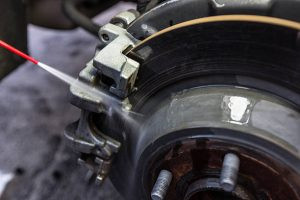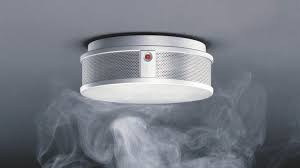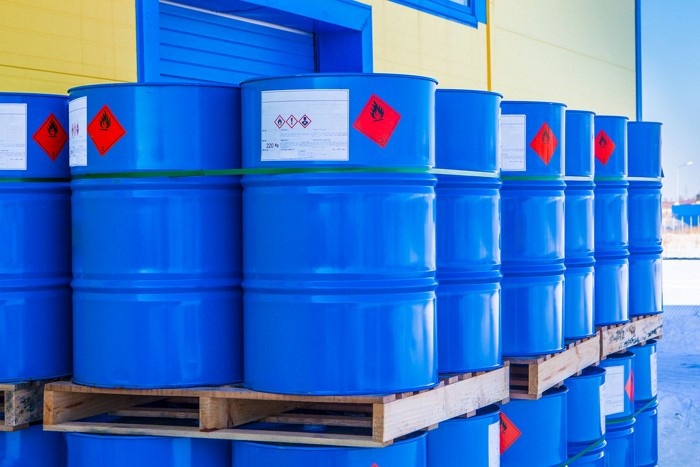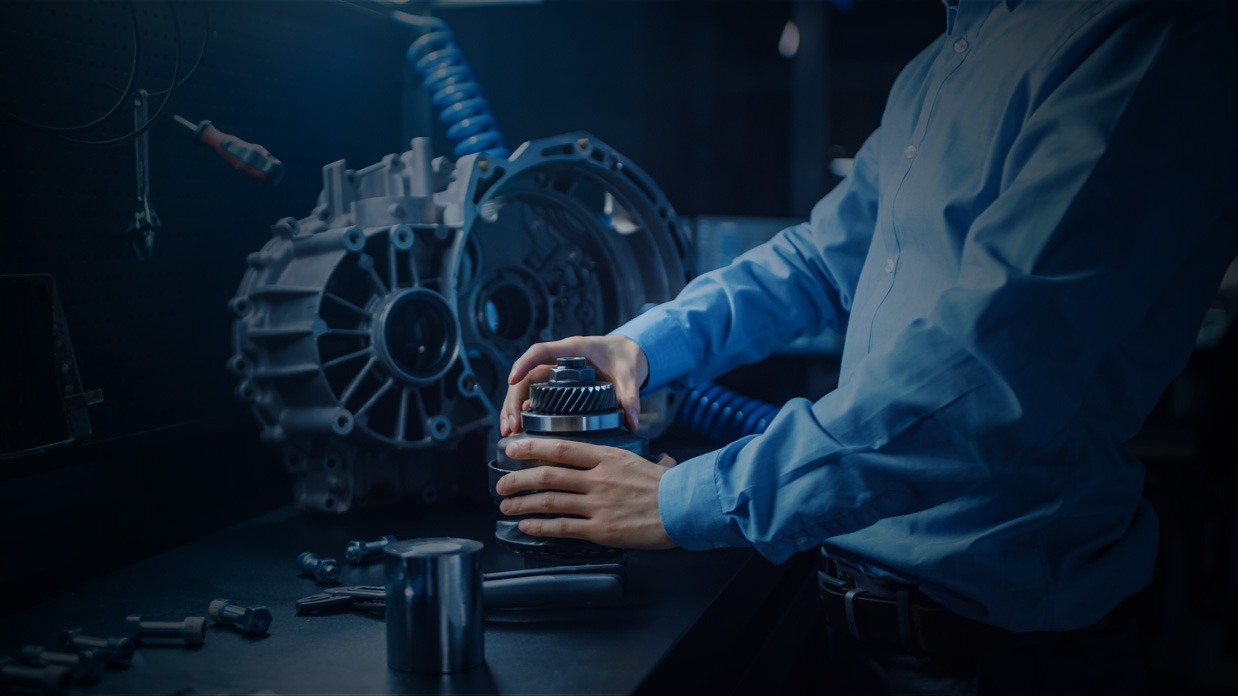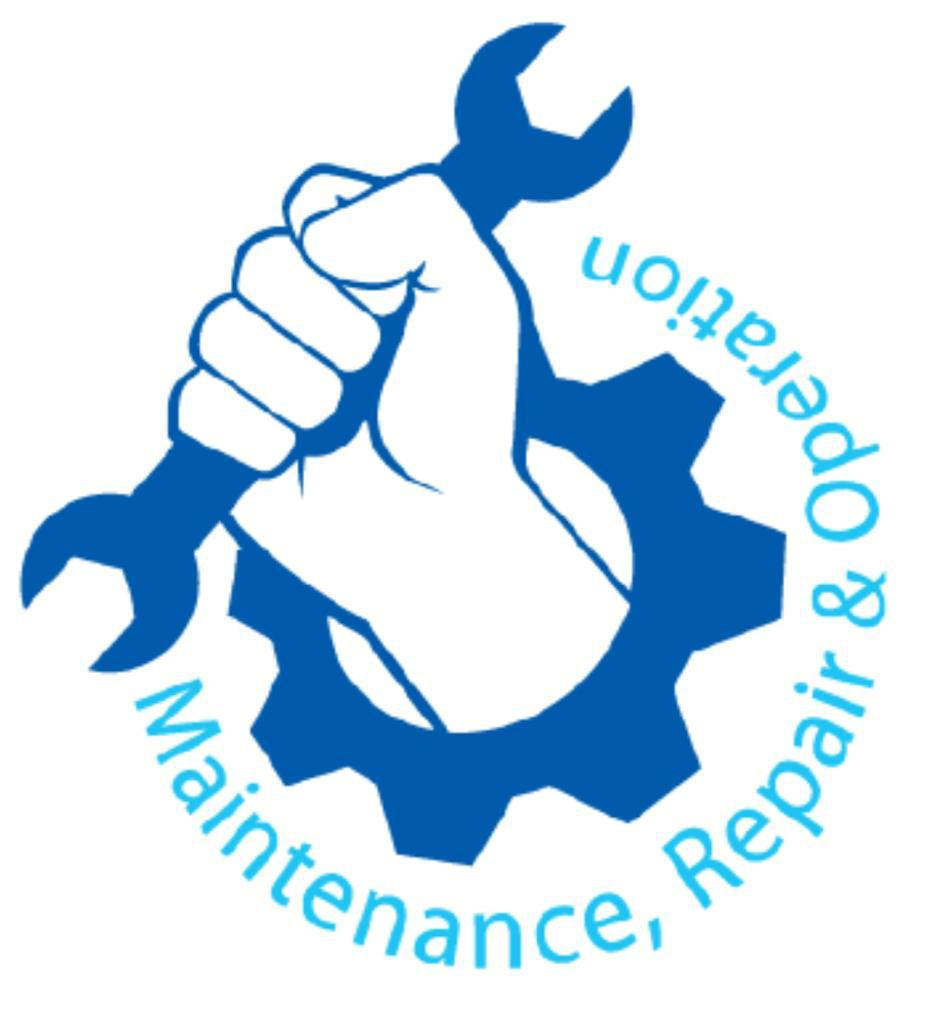Blogs
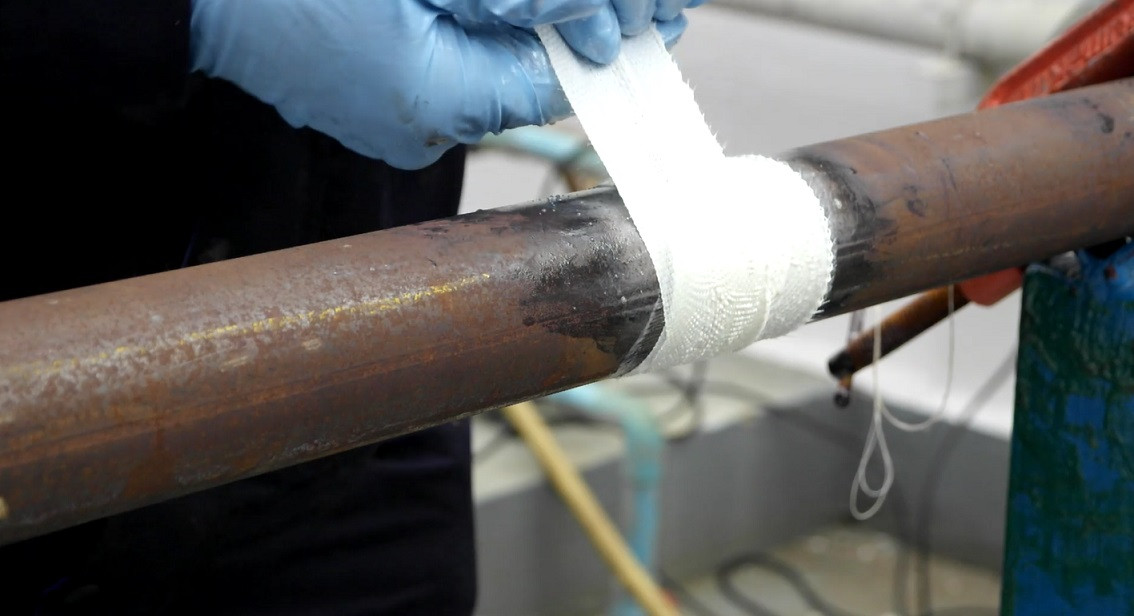
Pipe Repair-Kit for a Quick Fix
Pipe Repair-Kit for a Quick Fix Pipe repair can be a hassle at times. While it might be much more convenient to get a plumber to fix the plumbing, it will always be in your favor if you are well equipped on your end as well. One might have a major pipe burst, or the situation might be worse at times in order to give it a quick fix. However, there are ways in which one can handle things on their own with the help of a pipe repair kit. These days, there are various products that one can get from the market. But that is only suggested in the case of an expert. And so there comes a kit in which anything and everything of requirement can be found. This is not only a sigh of relief for many, but also offers convenience in terms of how one does not have to go out and purchase different products. Use & Advantages When one gets such a product, they can find that it is extremely useful. Here are some of its uses: It has Cordobond Steel Putty in it which is significant in helping with repairs pertaining to tears, cracks, holes, flaws and various other defects that might occur in steel and metals. It is also useful in repairing pieces made of wood, pottery etc. In case corrosion is a worry for one, then they can easily fill the corroded mortises with Cordobond Steel Putty in this kit and treat the area. This will also enable them to achieve hardened mortises which can definitely be drilled or mortised. One can even go with extra reinforcement that can be achieved by covering the material that they are treating with Cordobond resin and glass fiber. The Pipe Repair Kit is not only a quick fix, but also one that can be easily used as a permanent solution. The set is designed for the emergency repair of defective and damaged pipes and pipelines. It comprises one WEICON Repair Stick Steel, a special repair tape made of fiberglass-reinforced plastic, assembly instructions and a pair of protective gloves. The repair tape is impregnated with a special resin and activated by contact with water. The Pipe Repair Kit can be processed without any additional tools and is used for the reliable and permanent sealing of cracks and leaks. It is very easy and quick to use and shows excellent adhesive properties, high pressure and chemical resistance as well as temperature resistance up to 150°C. Within 30 minutes, the tape is fully cured and hard-wearing. Due to the fabric properties of the tape, the resulting high flexibility and the simple processing, the repair kit is particularly suitable for sealing leaks in bends, T-pieces or in spaces difficult to access. It can be used on many different surfaces such as stainless steel, aluminum, copper, PVC, many plastics, fiberglass, concrete, ceramics and rubber.
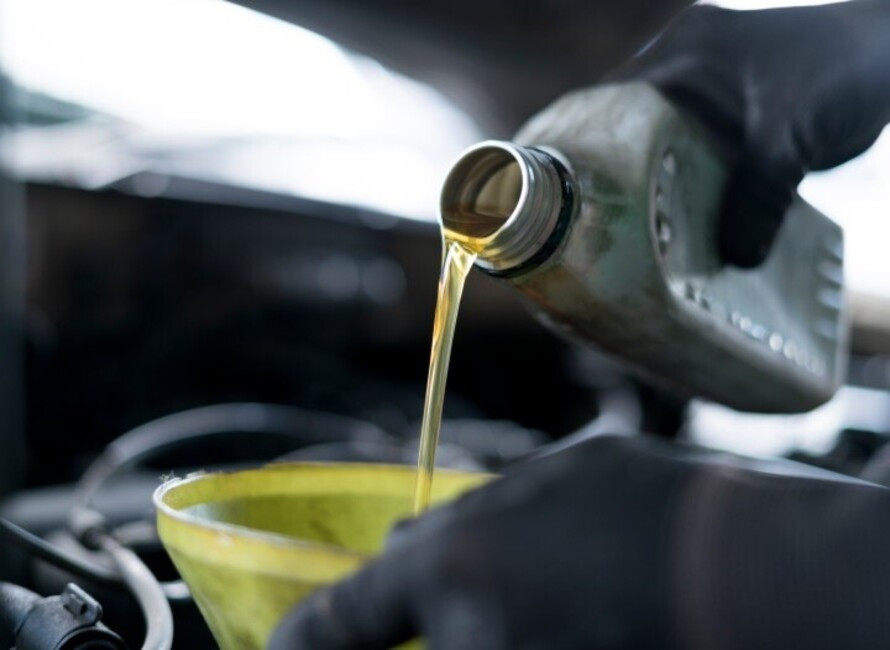
How to Select the Best Industrial Lubricant?
How to Select the Best Industrial Lubricant? The most painful part of manufacturing is maintaining machines. The machine manufacturers might suggest a lot of things in the user manuals, but these recommendations are only valid under ideal conditions. However, your machinery may be operating in an entirely different environment which requires you to make your own decisions regarding how to maintain your machines and which industrial lubricant would best suit the purpose? 4 C’s of Industrial Lubrication Industrial lubricants are available in a huge variety. But which type would suit your operating environment and provide a longer useful life to your machine is something to think about. And for this, you need to know about the 4 Cs of Industrial Lubrication: • Correct Technology • Correct Quantity • Correct Frequency • Correct Procedures Correct Technology: The technology of industrial lubricants basically refers to the environment in which your machinery operates. You need to know about the speed, temperature, load, vibration, moisture, and dust amount of your machinery. Temperature helps in determining the base oil of the lubricant. Speed is a determinant of the viscosity. And load, vibration, moisture, and dust, determine the additive package for the industrial lubricant. Viscosity is the characteristic of an industrial lubricant to be resistant to flow. As the temperature and speed of the machine increases, the viscosity of the lubricant must decrease. The lubricant must be thick enough to create a layer of lubrication in order to reduce friction. Semi-solid lubricants like greases and oils made of thickeners like lithium can be a good choice for surfaces that do not have sufficient speed. Similarly, the application environment is crucial. For instance, if the machine is to be exposed to water contact frequently, then a lubricant with low water washout and high corrosion resistance would be required. Where the equipment works under extreme pressures and low speed, a highly viscous oil-based lubricant with high load capabilities would do the job. Correct Quantity: Applying the correct quantity of lubrication is as important as selecting one. Over and under greasing has its own consequences. According to the American Bearing Manufacturers Association (ABMA), insufficient or over lubrication is the cause of 64% of bearing failures. It is thus necessary to know the correct quantity of lubricants, greases and oils that needs to be used every time the machine needs re-greasing. Correct Frequency: Like quantity, the frequency of lubrication can make a lot of difference in the performance of your bearings. You can use manual or automated re-greasing methods. However, bear in mind that too often lubrication, in incorrect quantities, with the wrong lubricants, can be a cancer for your machine. Over greasing can increase temperatures while under greasing can increase friction unbaling the machine to carry the load applied. In either case, bearing failures are bound to happen. Therefore, re-greasing intervals must be decided carefully after analyzing the operating environment. The right type of lubricant, at the right time and in the right quantity can provide constant protection to your bearings. Correct Procedures: After choosing the right lubricant, a process must be set-up so that proper lubrication for each equipment can be followed by all maintenance personnel. A lubrication plan must be a part of your standard maintenance procedures. Tips to Help You Select the Perfect Industrial Lubricant We have discussed a lot about the factors that play a role in selecting appropriate industrial greases and oils. Some more tips to help you make an informed decision are as follows: Functionality: Lubricants perform a lot of functions like controlling wear and tear, corrosion, friction, contamination, and temperature. Choose a lubricant after researching its functionality under different circumstances. Ingredients: Based on the use of the lubricant, they may have multiple ingredients apart from the base oil. The thickener used in the greases contain fibers that hold the oil in place, increasing its viscosity. Different thickeners have different effects on stability, pumpability, heat resistance, and water-resistance of the lubricant. Usability: Method of applying different lubricants will depend on your equipment. For example, for easy-to-reach places, aerosol lubricants may suffice. Greases may be used for accessible gearboxes. An automatic dispenser may be needed for hard-to-reach areas, while a continuous dispenser may be used for chains. Choose a lubricant based on what you want to lube. Cost: Cost of maintenance chemicals in Saudi Arabia can be expensive. And so, you would want to compare the cost of the lubricant you target from different vendors before making a purchase decision. With these tips, you would be able to select the best lubricant for your machinery.
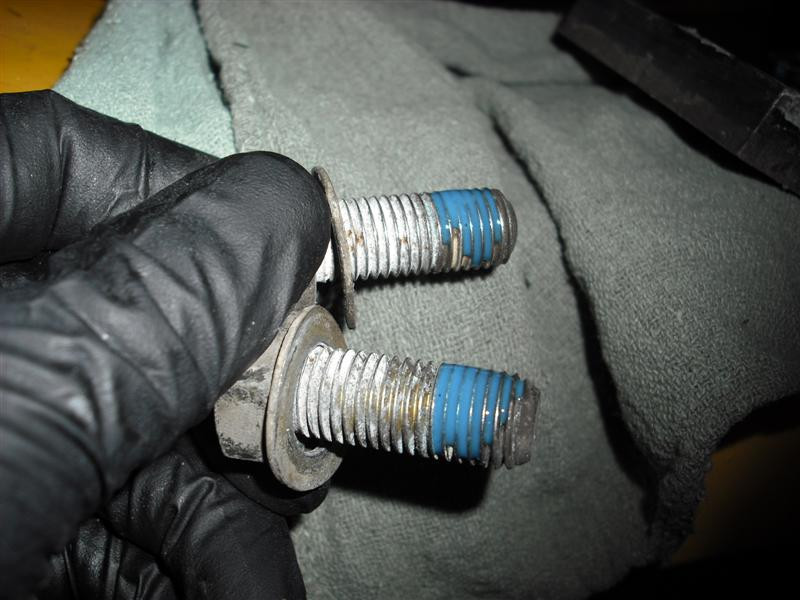
Threadlocking
Threadlocking In order to secure nuts, bolts, and screws in order and prevent loosening brought on by stress and vibration, threadlockers act as glue. They take the place of conventional mechanical fasteners and washers. Chemicals used in anaerobic curing create a solid layer between the threads of the connection, sealing it in place. There are various versions of threadlockers with varying curiurations, maximum strengths, and temperature ranges. Characteristics of Thread locker They should display the following characteristics: ●Room temperature speeds up the curing process. ●Good consistency for application. ●Compatibility with acids, alkali, and solvents chemically. ●Resistance to vibration Selection Advice When choosing a threadlocker for your application, take the following factors into account: 1. Media: The media and threadlocker should have good chemical compatibility. 2. Curing time: Based on the kind and strength of the threadlocker, the operating cure time can range from 1.5 to 30 minutes, while the threadlocker’s full curing time typically takes between 24 and 36 hours. 3. Approvals: Threadlockers have a variety of permissions that can be used in a variety of applications. With gas application approval, low-strength and high-strength threadlocker are both accessible. Drinking water and food-grade applications are covered by ANSI/NSF approvals. 4. Temperature: The effectiveness of the threadlocker might be impacted by temperature. For high– temperature applications, high-temperature threadlockers are offered. 5. Torque: Based on the application, the threadlocker comes in low, medium, and high strengths. If it might require to be disassembled later, use a medium-strength threadlocker. Hig- strength threadlockers are appropriate for applications where the seal doesn’t need to be broken in the
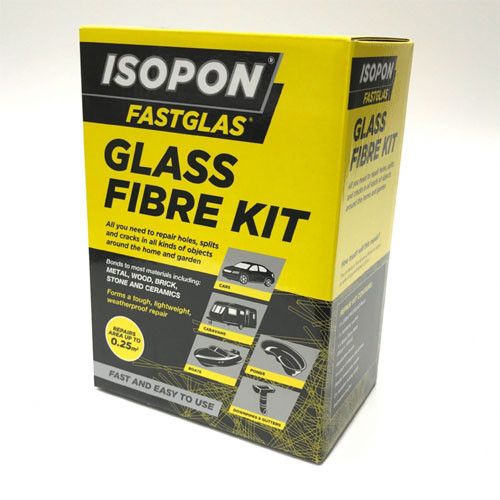
Glass Fiber Kit
Glass Fiber Kit Glass fiber is a great material for repairs, The ability to create a robust, lightweight, smooth, watertight, and chemically resistant barrier is made possible by the composite material, which is a mixture of polyester resin and glass fiber chopped strand matting. It is a favored solution for many customers since it is noticeably less expensive. Each kit contains the required tools and supplies essential to complete a high-quality repair. Features & Advantages: Job Type: The majority of repairs involve 25mm-sized holes. Compatible with the majority of substrates, but not with some plastics, including cellophane, polypropylene, polyethylene, and polystyrene. After 20 minutes, sandable (at 20C) Almost all primers and paint solutions can cover it. Description These kits are made to fix components that have been damaged, worn out, or need to be renovated. Repairing leakage, holes, dents, cracks, and fractures are exemplary instances. Polyester resin and glass fiber netting are two essential components. The polyester resin is WRAS compliant, UV stable, and provides some flexibility to the laminate. It is a trusted brand that has been successfully used in both indoor and outdoor settings. Chopped strand matting (CSM) made of glass fiber weighs 600 g. For resin curing, MEKP catalyst (hardener) is necessary, and the right amount is provided with each kit. Both materials are created in a setting that complies with ISO 9001. Appropriate for fixing both structures (such as storage tanks, caravans, automobile bumpers, and automobile bodies) and vehicles (such as van and truck linings, skylight waterproofing, gutter linings, and maritime constructions) (e.g., boat hulls, yachts, and surfboards). Make sure that any leakage has been found and fixed in advance. If the source of the leakage is not fixed or if water infiltration into the structure continues, the restoration will be poor. Dehydration must be done well in advance since moisture contamination or dampness on, near, or in the repair location can hinder cure. MEKP, a catalyst, is included. For moist, less-adhesive surfaces (such plywood, steel, etc.) or if external pollutants are an issue,
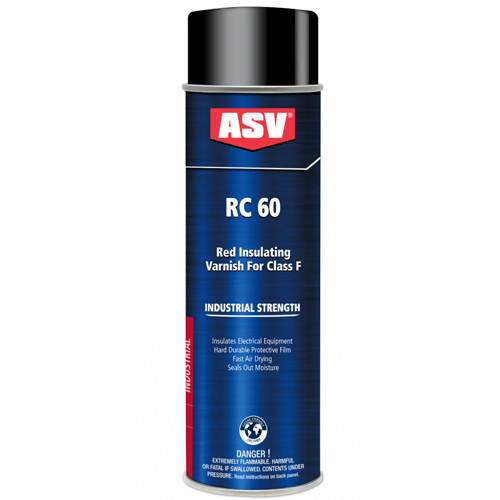
Red Insulating Varnish by Technical Beacons
Red Insulating Varnish by Technical Beacons A strongly insulating coating with outstanding arc and corona protection is red insulating varnish. It is a one-part, low viscosity coating that is simple to apply and sticks well to a variety of substrates. Additionally shielded from the arc, corona, corrosion, and moisture by this red insulating varnish are transformers, coils, motor windings, and numerous electric generator components. gives electrical components and devices a strong, waterproof coating using industrial strength oil. possesses a thermally rated class F epoxy ester resin and offers excellent adherence to a wide range of surfaces. Usage to restore lost dielectric characteristics due to frictional wear, coat frayed insulation, and safeguard electrical leads. Further applications include coating electrical windings that are frequently exposed to moisture, high voltage circuits, and insulating and sealing off moisture from armature windings. Features & Advantages • Ten minutes or less for air drying • Meets the criteria for Class F • Resists acidic, alkaline, and wet environments. • High dielectric strength: 3,000 volts per mil (dry); 1,500 volts per mil (wet) • Class H insulation is suitable for service up to 180 °C. • Excellent resistance to oils and moisture • Outstanding finish: a robust, flexible, glossy, and long-lasting red coat • Good resilience to saltwater and water • Good adherence • High sheen • Possesses high dielectric strength, surface and volume resistivity to provide effective insulation of electrical equipment • Hard, durable & flexible protective film does not peel, crack or age and offers protective resistance to shocks, abrasion as well as aggressive chemical environments • Fast air-drying, stable, single component coating with excellent resistance against oils, chemicals, ageing, moisture condensation, weathering effects • Seals out moisture with a visible, highly glossy, smooth • abrasion resistant protective coating • Highly heat resistant coating suitable for Class H insulation with greater allowance for thermal expansion and contraction • Prevents tracking, corona discharges, flashovers and electrical failures caused by water seepage • Very good adhesion on a variety of substrates • Oil resistant to ASTM D 115

Why Dry Film MoS2 Lubricant is the Best ?
Why Dry Film MoS2 Lubricant is the Best ? What makes molybdenum disulfide a good lubricant, and what does it do? Among the most popular solid film lubricants in America is MoS2 (molybdenum disulfide), also known as Moly, and for an excellent purpose. The dichalcogenide group member Dry Film MoS2 Lubricant is an excellent candidate for your dry lubricant requirements due to its chemical characteristics. Its strong covalent connection with molybdenum and the weak atomic contact between its sulfide anions make it such an excellent lubricant. Which application method for molybdenum disulfide is the simplest? Beginning with AS5272, MIL-PRF-46010, and AMS2526, a few of the requirements that are relevant to MoS2 applications are listed below. Dry Film MoS2 Lubricant has a wide range of uses. It can be used in a variety of techniques, such as physical vapour deposition, impingement with or without an inorganic binder, rubbing and burnishing, and spraying or dipping a material that resembles paint but includes molybdenum disulfide. MoS2 environmental requirements ● It can carry a relative load of 250,000 PSI. ● The vacuum ranges from 10 to 14 Torr and -185 to 1,100 degrees Celsius. ● The temperature outside is between -185 and 350 degrees Celsius. ● Chemical stability is non-toxic, inert, and resistant to corrosion. MoS2 coating requirements Substrates include all ferrous or non-ferrous metals, synthetic solids, polymers, and other materials. Appearance is Silver grey or blue Applications Cryogenic pumps, compressors, rheostats, circuit breakers, switches, chucks, collets, and tools, machine tools, pins, and taps, pilot valves, chainsaws, magnetic heads, slide mechanisms, seamer rolls, rubber gaskets, and O ring seals are a few examples of applications. Cure time If applied at room temperature, a cure period is not necessary. Material specifications for MoS2 ● There is a 4.8 g/cc density. ● 160.08 is the molecular weight. ● Semiconductor characteristics are among the electrical qualities. ● The Mohs Test results for hardness are 1.0.

Rust Converter
The best way to turn rust into a substance that appears paintable once again is to use rust converters. You must choose the Best Rust converter that can function as both rust stain removal and stoppers since they can transform the rusted surface into a material that can be polished. When sheet metal is confronted with moisture, rust develops, and this rust can make a metal object exceedingly fragile. There are various varieties of rust, some of which seem relatively simple to repair. On metal, however, there can be significant rust that affects the performance of the vehicle. A single water-based active chemical (liquid) called “Rust Converter” combines with adherent rust on metal surfaces to create a durable protective coating. The steel won’t rust any more thanks to this coating. Tannic acid and an organic polymer are the two active elements in rust converters, which are waterbased primers. Rust is made of iron oxide, which tannic acid combines with chemically to create iron tannate, a durable substance that is dark in colour. Tannins are a class of naturally occurring substances that can be obtained from fruits, trees, and grasses and are soluble in water and alcohol. 2-Butoxyethanol, the second active component, is an organic polymer that acts as a primer layer of protection. Rust is transformed into a durable black protective polymeric covering by the total chemical process, which makes it a superb primer for both oil- and epoxy-based paints. Instructions for Use: 1. When dealing with corroded mild steel or carbon steel surfaces, start by mechanically chipping, wire brushing, or otherwise removing the loose rust scales. 2. Make sure there is no oil, grease, paint, or other material on the area that will be handled with Rust Converter. Use a brush, spray, or dip to effectively apply Rust Converter after that. 3. To guarantee that the Rust Converter reacts completely with the rust, leave the area alone for at least 24 to 48 hours. The surface is then ready for any kind of subsequent coat. Areas of Typical Application Drilling rigs, chemical process equipment, and storage tanks, tube and pipe stock, conveyors, cranes, bridges, pipelines, overhead water tanks, heavy structural steel tankers (on land and at sea), concrete reinforcements, automobile dickeys, etc., and essentially all kinds of industries where the issue of iron rust is available. Coverage and Enduring: Rust Converter has a 25–30 square meter coverage area per litre. Whenever kept in a plastic container that is tightly sealed, it has an endless shelf life. Rust contained in used Rust Converter might cause a chemical reaction in unused Rust Converter, thus never combine used and unused Rust Converter together. Removes Rust Quickly. No heavy wire brushing or sand blasting required. Safe Acid Technology. Not harmful to skin. Non-Corrosive. Safe to use on all metals Non-Flammable. No special equipment is necessary. Parts are simply submerged in the solution. No heavy fumes or bad odors. Zero VOC.
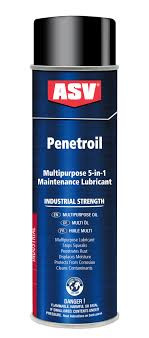
ASV® Penetroil
ASV® Penetroil is a fast-acting industrial grade lubricant, rust penetrant and corrosion inhibitor. It forms a clear thin nondrying lubricating film that penetrates deep into the minutest crevices to displace trapped moisture and leaves behind a protective film to seal out further moisture and corrosion. Its unique low surface tension formula rapidly attacks rust to free seized or frozen components. It is non-conductive, nonstaining and offers complete protection to metal surfaces indoors as a medium-term corrosion inhibitor for protection against corrosion and moisture penetration for up to 12 months under normal storage conditions. ASV® Penetroil does not contain any silicones, ozone depleting chemicals, CFC’s or harmful chlorinated solvents and is safe for use on around all metals, plastics, rubbers and other industrial finishes.
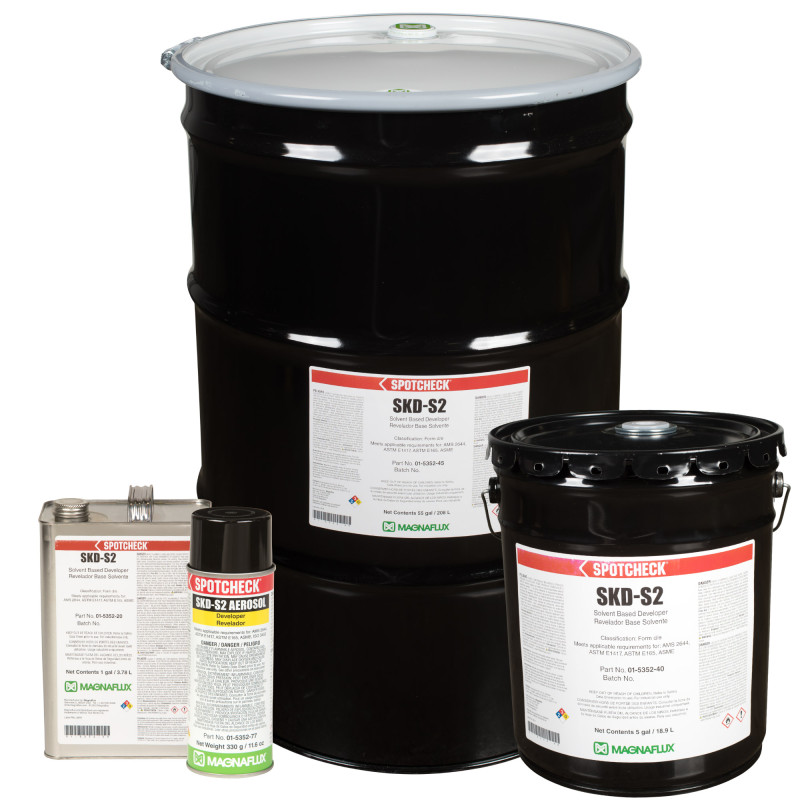
Magnaflux Spotcheck SKD-S2
Magnaflux is a leading manufacturer of non–destructive testing (NDT) products and services. The company’s Spotcheck SKD–S2 is a portable, easy–to–use fluorescence–based NDT inspection system that can be used to detect surface and subsurface defects in metals. The SKD–S2 is designed for use in a wide range of industries, including aerospace, automotive, and energy. The system is simple to operate and can be used to inspect both large and small components.
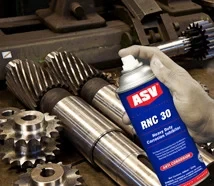
4 Major Uses of Corrosion Inhibitor
A corrosion inhibitor is a chemical that is used in a certain atmosphere, including air or water, to slow down the rate of corrosion of the metal exposed to that atmosphere. Corrosion inhibitor, or CI, is an acronym.

Tips & Tricks to use Industrial Degreaser
Industrial Degreaser is a fast-acting mixture with industrial-strength cleaning power that makes machines, motors, and other machinery seem and function better than new ones. Unlike other harsh degreasers, which can damage many materials, especially metals, plastics, rubber, glass, aluminium, etc, this product includes a special industrial-strength solution that swiftly dissolves grease (if unsure test on a small area first). Excellent for cleaning heavy greasy messes and soils off motors in cars and trucks, tractors, forklifts, gears, chains, industrial machinery, and other metal instruments.
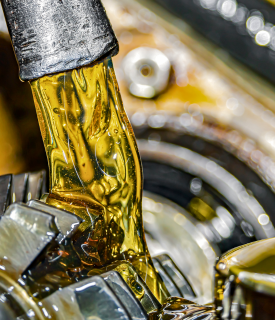
Where is Hydraulic oil 68 used-Common Applications
Hydraulic oil 68 is a type of hydraulic oil that is used in many different industries. It is a highly versatile oil that can be used in a wide variety of applications. Hydraulic oil 68 is a great choice for many different industries because it has a high degree of lubricity. This oil can also withstand a wide range of temperatures, making it ideal for many different applications. It is also a great choice for many different industries because it has a high degree of resistance to degradation.

